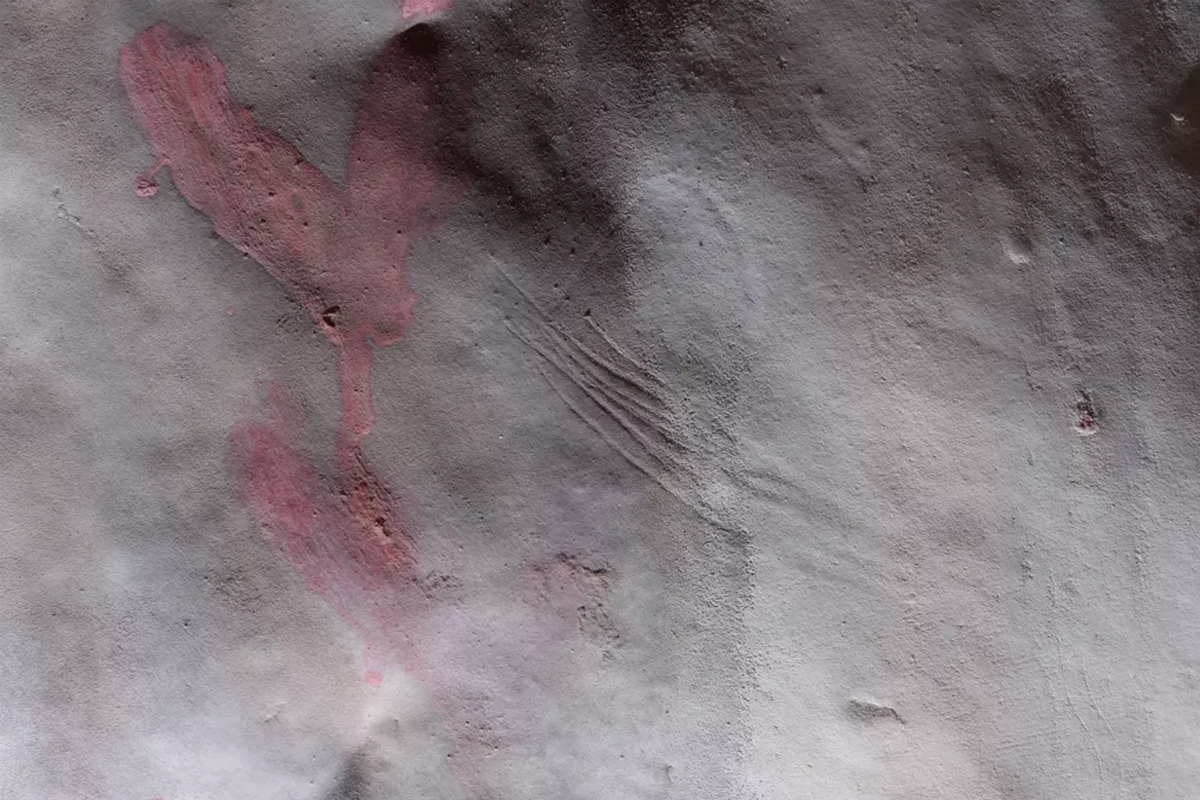Archaeologists from IPHES-CERCA and the University of Barcelona have discovered Palaeolithic rock art in Simanya cave.
Simanya Cave is one of five cave systems known as the “Complex de les Simanyes,” located in the municipality of Sant Llorenç Savall, Spain. First documented in the 1609 Universal Chronicle of the Principality of Catalonia, the cave has been the subject of ongoing investigations since the 18th century.
Archaeological investigations within the cave have previously unearthed traces of continuous, yet irregular human occupation intervals, dating the Palaeolithic period to the Middle Ages.
In a recent study, published in the Journal of Archaeological Science Reports, archaeologists have found a series of engravings and the remains of pigment on the walls of Simanya cave.
The discovery is one of the first examples of artistic expressions made by early human communities with the Catalonia region. According to the researchers: “The documented graphic device (engravings and painting) exhibits thematic and formal characteristics comparable to Palaeolithic art found in Spain and France.”
The technical and thematic characteristics of the art indicates that it corresponds to the Magdalenian culture, a people from the Upper Palaeolithic and Mesolithic in western Europe. The Magdalenian epoch is noted for a progression in arts and culture, including the production of figurines and cave paintings.

A systematic visual survey of the cave walls and ceiling has identified three different representations that are located in an interior space of the cavity. One of the representations is painted in red pigment and forms two parallel lines, the second has discontinuous lines, and the third shows several parallel lines crowned by a semicircle.
“Despite the abundance of sites belonging to the end of the Upper Palaeolithic, the evidence of symbolic behaviour, especially parietal art, is really scarce”, comments Míriam Salas-Altès, lead author of the work. In addition, “the study of Palaeolithic art makes it possible to relate cultural traditions, mobility and the interaction of human groups.”
Header Image Credit : Josep Maria Vergès / IPHES-CERCA
Sources : IPHES-CERCA





